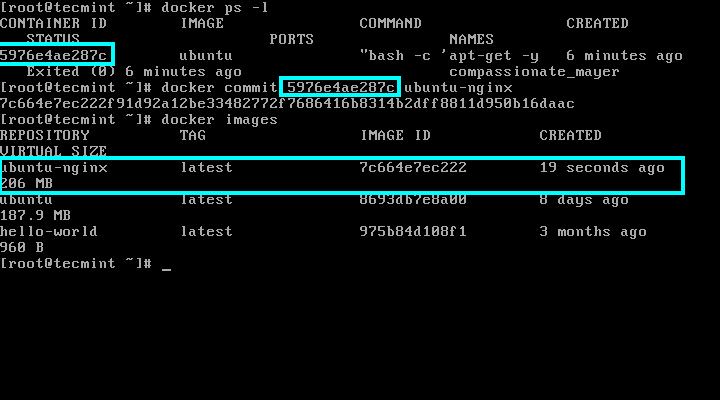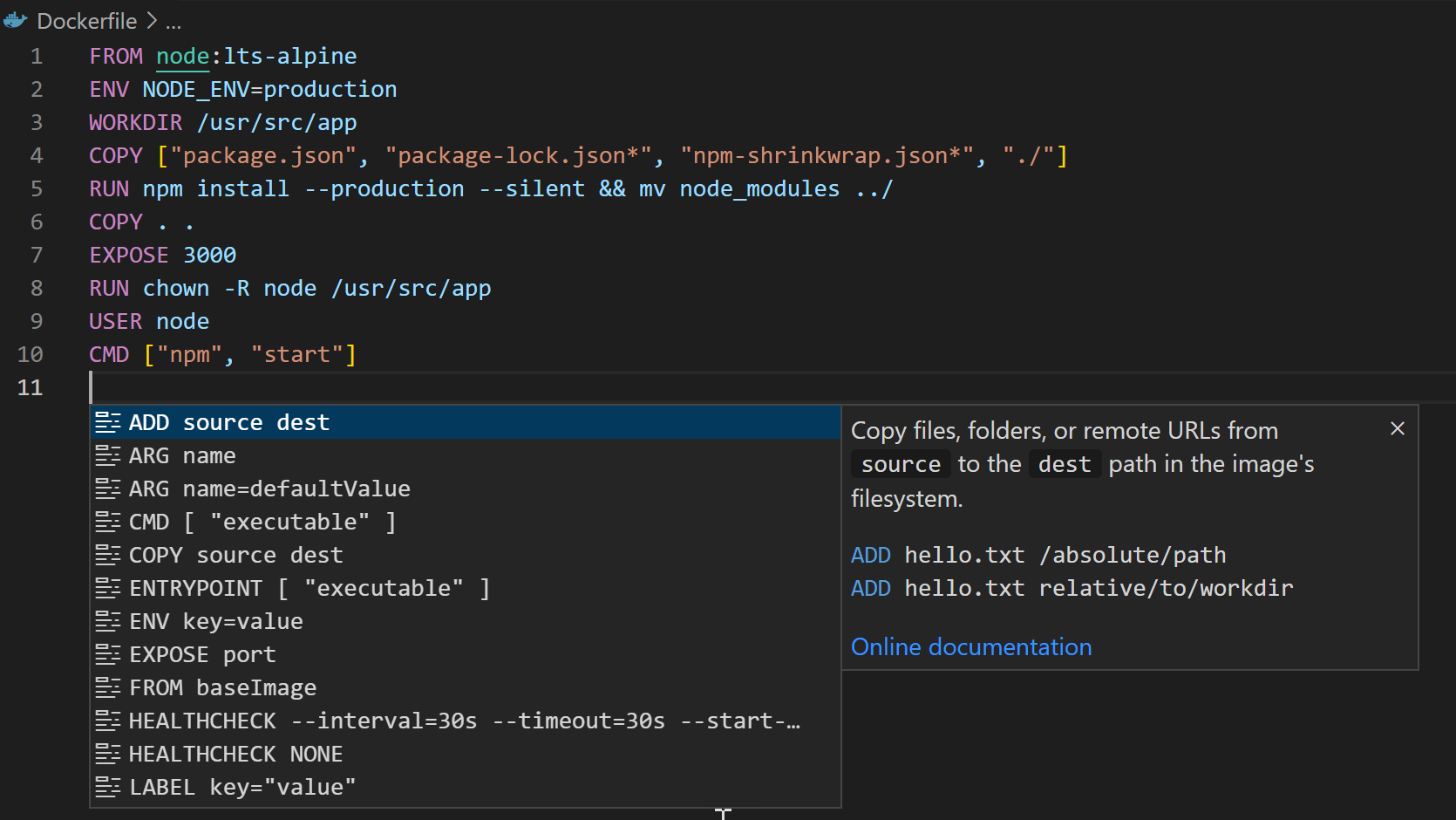

If we want to have it run permanently in the background, you can replace -it with -d to run this container in detached mode. You’ll notice that if we ctrl-c this within the terminal, it will kill the container. my-go-app - This is the name of the image that we want to run in a container.Īwesome! Now if you go to in your browser, you should see that the application is responds with Hello, "/".-it - This flag specifies that we want to run this image in interactive mode with a tty for this container process.-p 8080:8081 - This exposes our application which is running on port 8081 within our container on on our local machine.In order to run this newly created image, we can use the docker run command and pass in the ports we want to map to and the image we wish to run. My-go-app latest 3f9244a1a240 2 minutes ago 355MB$ docker images We can now verify that our image exists on our machine by using docker images command: $ docker images Removing intermediate container 9d54463b7e84 Removing intermediate container 15805f4f7685 Removing intermediate container d623a88e4a00 Sending build context to Docker daemon 5.12kB In order to do that, we’ll need to run the following command: $ docker build -t my-go-app. Now that we have defined everything we need for our Go application to run in our Dockerfile we can now build an image using this file. Example Go ApplicationĬreate a main.go file with the following content: Helloworld:2 is the format that allows to specify the image name and assign a tag/version to it separated by. Helloworld latest e61f88f3a0f7 5 minutes ago 122MBīusybox latest 54511612f1c4 9 days ago 1.13MB Helloworld 2 7fbedda27c66 3 seconds ago 1.13MB

Īnd view the images using docker image ls command: REPOSITORY TAG IMAGE ID CREATED SIZE Build the image again: docker image build -t helloworld:2. Build the image again and now run it.Ĭhange the base image from ubuntu to busybox in Dockerfile. If you do not see the expected output, check your Dockerfile that the content exactly matches as shown above. Run the container using the command: docker container run helloworld Other images may be shown as well but we are interested in these two images for now. Ubuntu latest 2d696327ab2e 4 days ago 122MB Helloworld latest e61f88f3a0f7 3 minutes ago 122MB You can list the images available using docker image ls: REPOSITORY TAG IMAGE ID CREATED SIZE Removing intermediate container 9356a508590c Status: Downloaded newer image for ubuntu:latest in this command is the context for the command docker image build. It provides a different entry point of /bin/echo and an argument “ hello world”.

CMD command defines the command that needs to run. This image uses ubuntu as the base image. Use the following contents: FROM ubuntu:latest In that directory, create a new text file Dockerfile. Informs the network ports that the container will listen on The common commands are listed below: Common commands for Dockerfile Commandįirst non-comment instruction in DockerfileĬopies mulitple source files from the context to the file system of the container at the specified path The complete list of commands that can be specified in this file are explained at. This context can be a path on your local filesystem or a URL to a Git repository.ĭockerfile is usually called Dockerfile. docker image build command uses this file and executes all the commands in succession to create an image.īuild command is also passed a context that is used during image creation. A Dockerfile is a text document that contains all the commands a user could call on the command line to assemble an image.

Dockerfileĭocker build images by reading instructions from a Dockerfile.
Docker run image in container how to#
This section explains how to create a Docker image. Learn how to build and run a Docker Container


 0 kommentar(er)
0 kommentar(er)
